 spieth12@spiethstorage.com
spieth12@spiethstorage.com +86 18006010205
+86 18006010205
LATEST NEWS
-
Time:9/16/2025
-
Time:9/15/2025
-
Time:9/10/2025
-
Time:9/5/2025
-
Time:9/2/2025
CONTACT US
-
 Tel : +86 18006010205
Tel : +86 18006010205
-
 E-mail : spieth12@spiethstorage.com
E-mail : spieth12@spiethstorage.com
-
 Address : Tongan Park, Tongan District, Xiamen, China 361023
Address : Tongan Park, Tongan District, Xiamen, China 361023
Product News
What Is Selective Pallet Racking
 Time:3/31/2025
Time:3/31/2025 307
307
In modern warehouse management, selective pallet racking has become an industry-standard storage solution due to its unique accessibility advantages. This structural system, composed of upright frames and horizontal beams, enables efficient inventory management through optimized spatial design. Operators can directly access any pallet using forklifts without displacing adjacent loads, making it particularly advantageous for high-turnover storage environments.
• Application: Third-party logistics cross-docking facilities
• Efficiency case: An automotive parts distributor achieved 3,000 daily operations
• Density improvement: 40% increase over single-deep
• Implementation case: A furniture warehouse added 2,300 positions within the same footprint

Core Technical Specifications
Immediate Access Design
Dynamic Adjustability
Equipment Compatibility
Cost-Benefit Profile
Inventory Management Compatibility
System Variations & Applications
Standard Single-Deep Configuration
• Application: Third-party logistics cross-docking facilities
• Efficiency case: An automotive parts distributor achieved 3,000 daily operations
Double-Deep Configuration
• Density improvement: 40% increase over single-deep
• Implementation case: A furniture warehouse added 2,300 positions within the same footprint
Send Message
ONLINE SERVICE
-

-
 +86 18006010205
+86 18006010205 -
 +86 18006010205
+86 18006010205
 0
0
Browsing History







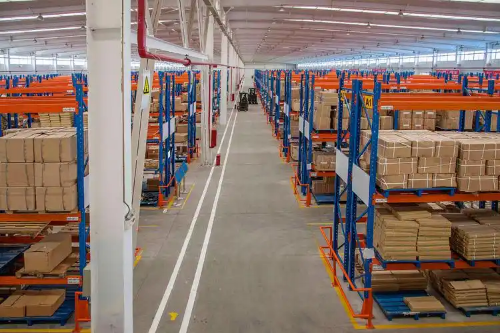
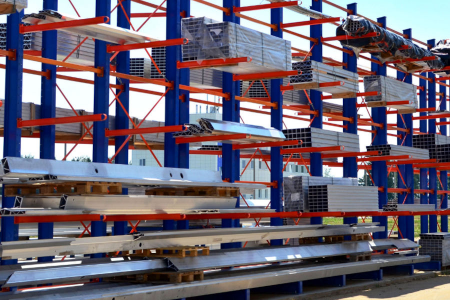
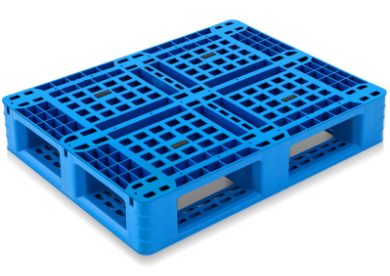
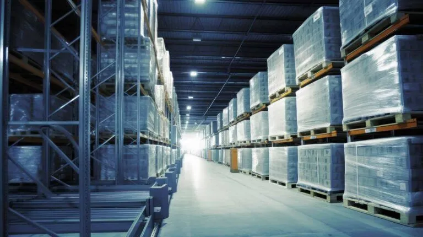
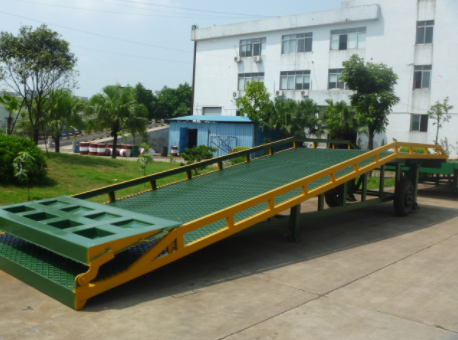






 link:
link:




